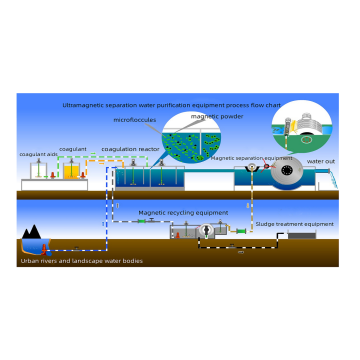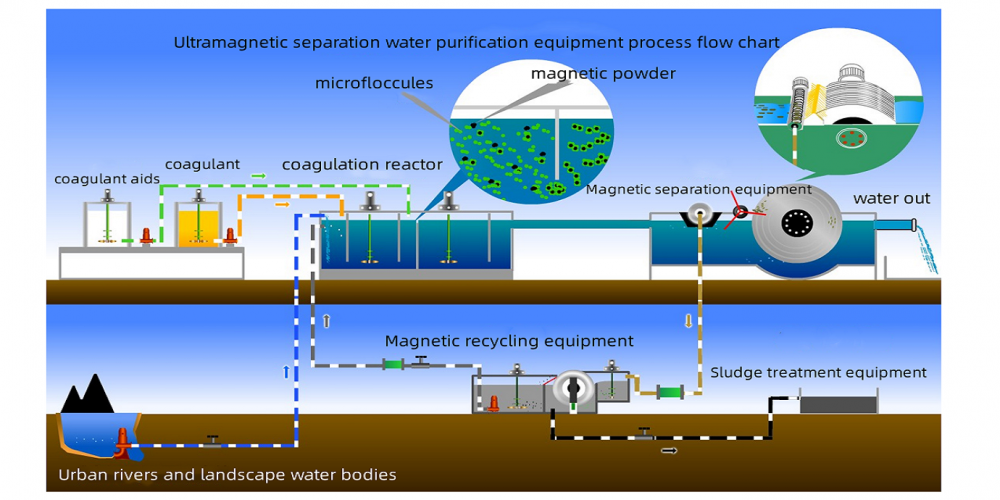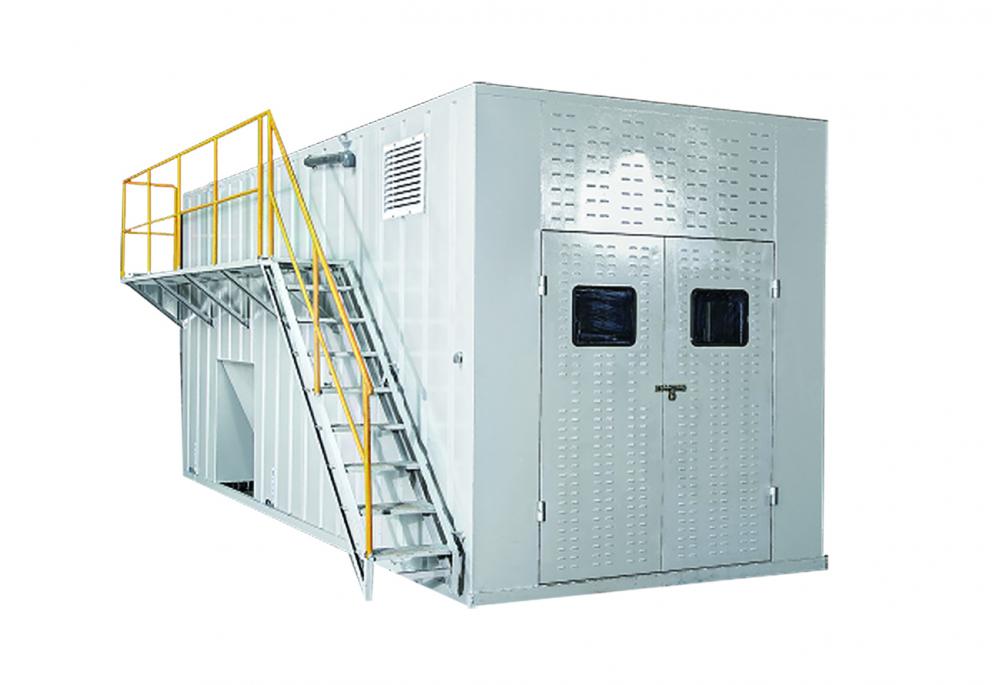

Comparison of commonly used landscape water treatment methods and their advantages and disadvantages
Existing landscape water treatment methods can be divided into: physical methods, chemical methods and biological methods. Technically speaking, it mainly includes: biochemical technology, air flotation technology, falling water aeration, filtration technology, animal and plant ecological treatment technology, constructed wetland technology, sterilization and dosing systems, etc. Common methods in engineering include: circulating filtration method, chemical agent method, falling water aeration method, air flotation biochemical method and ecosystem purification method.Yajieyuan is your trusted partner for high quality water purification systems. We can provide a range of solutions to meet your specific application.Yajieyuan,founded in 2000,after more than 20 years of development,our company has become a well-known "IoT+"water treatment equipment research and development,design, manufacturing and service enterprises,covering:Medical Water Purification Equipment (Water For Scientific Research Laboratories),Campus Direct Drinking Water Equipment,Laboratory Water Purification Equipment,Business Direct Drinking Water Equipment,Sewage Treatment Equipment,Emergency Water Purification Equipment.Yajieyuan:A professional company integrating scientific research, design, production, installation and service. (1) Physical methods 1. Circulation filtration method: Based on physical principles, the impurities in the landscape water body are separated from the water body to keep the water quality clean. This method is usually assisted by the method of spraying chemicals and forming sedimentation with pollutants in the water to form a set of plans for treating landscape water bodies. In engineering examples, this method has a good effect on treating landscape water bodies containing more suspended solids (SS) or sediment. The circulation period during use is an important constraint that determines the treatment effect. Generally, if the circulation period is less than 48 hours, that is, it is filtered once within 2 days, the water quality is relatively guaranteed. If it exceeds 48 hours, the water quality is not easy to guarantee. If the water body area is large, sometimes in order to reduce costs, the cycle of filtration has to be extended to 8 to 10 days or even longer, and often the water quality of the lake cannot be guaranteed. Moreover, this method has little effect on the inhibition and treatment of organic matter and algae. Adding chemicals can easily cause secondary pollution to the water body. Therefore, the general circulation filtration technology is only suitable for landscape fountains and water features with small water bodies. 2. Falling water aeration method: Use falling water aeration, fountains or other aeration devices to fill the water with oxygen and increase the content of dissolved oxygen in the water to achieve the purpose of water purification. Simple aeration can only improve the black and odorous phenomenon of water bodies. It has no obvious treatment effect on inhibiting algae, degrading organic pollutants, and achieving clear water quality. It is not a complete treatment process. 3. Air flotation biochemical method: Air flotation technology pressurizes and oxygenates the water to produce tiny bubbles that adhere to algae particles and other suspended matter in the water body, and adds flocculant to flocculate, so that the algae particles and suspended matter float to the water surface. Then use a scraper to scrape it off to achieve the purpose of water control; it can separate and effectively remove algae particles and solid suspended matter in the water, while increasing the dissolved oxygen content of the water body. However, the technical requirements for the construction party are relatively high. Biochemistry requires adding biochemical fillers to the water to effectively decompose the organic matter in the water, thereby removing the organic matter in the water. At the same time, air flotation technology also requires water circulation. Like the circulation filtration method, the water treatment cycle is also an important constraint that determines the treatment effect. If the cycle is too long, the effect will not be guaranteed.

The advantages of the above physical methods are: for small water bodies, the results are quick and the cycle is short; The disadvantages are: water quality cannot be guaranteed, and algae, organic pollutants, etc. cannot be effectively removed. If the landscape water body area is small, it can be treated by regularly replacing the water. The cost is low, management is convenient, and the effect is good. (2) Chemical methods Based on chemical principles, chemicals, mainly nitrifying bacteria and flocculants, are put into the water. They are effective in the short term, but they may cause secondary pollution and the death of fish. The effects are prone to recurrence, and common use can lead to drug resistance. This method is not recommended and should not be used except in special circumstances. The advantage of using chemical methods for water treatment is quick results, but the disadvantage is that it will cause secondary pollution to the ecological environment, and its economic cost is relatively high. Over time, it is difficult to guarantee water quality. (3) Biological law Using biological methods to treat landscape water is more scientific, but it is also the most complicated. To put it simply, it is to simulate the structure of the ecosystem and rationally allocate the organisms in the food chain, so that the organisms in the food chain can complement each other, make the entire ecosystem more and more stable, and ultimately achieve the purpose of purifying water quality. A complete ecosystem must have stable producers, consumers, and decomposers. Using biological methods to treat landscape water bodies is to simulate the ratio of producers, consumers, and decomposers in nature. Aquatic plants are producers in landscape water bodies, aquatic animals are consumers in landscape water bodies, and microorganisms are decomposers. In actual application, some physical technologies can be combined with the needs of the project itself to achieve better landscape water treatment effects. Landscape water treatment is still a new industry in our country. The real demand has only been generated in recent years, and the market is relatively small. The lack of professional management companies and researchers is a chronic disease in this field.

![]() February 19, 2024
February 19, 2024



